olympus
Latest

Olympus' tiny Pen E-PL9 has 4K and image stabilization
Olympus has introduced the PEN E-PL9, giving its smallest Micro Four Thirds mirrorless camera a significant overhaul with the addition of 4K video and in-body stabilization. The new model carries the retro look of its predecessor, the E-PL8, but improves on it with a bigger grip and mode dial. It now packs the same 16-megapixel sensor, TruePic VIII processor and 121-point contrast-detect AF (with face and eye detection) as the larger OM-D E-M10 Mark III, but is still limited to 3-axis instead of 5-axis stabilization.
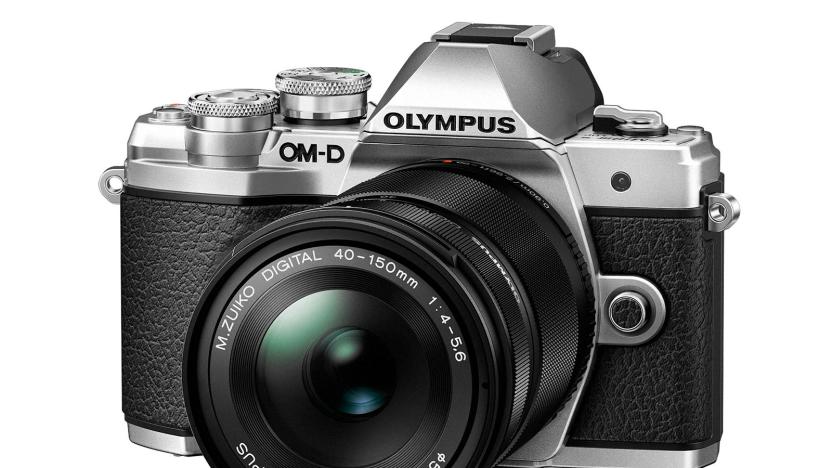
Olympus gives its entry-level mirrorless camera a 4K upgrade
Olympus has unveiled its latest entry-level mirrorless camera, the 16-megapixel OM-D EM-10 Mark III, and it's going to be a very tempting option for beginners. For a bit more than Canon's new M100, you get a much nicer-looking, not-much-heavier body, complete with several adjustment dials and a 2.36 million dot electronic viewfinder. It's also got 5-axis in-body image stabilization and the same image processor as the OM-D EM-1 Mark II, which can shoot rippingly fast. Oh, and it supports 4K, 30 fps video, a nice step up from the previous EM-10 Mark II.
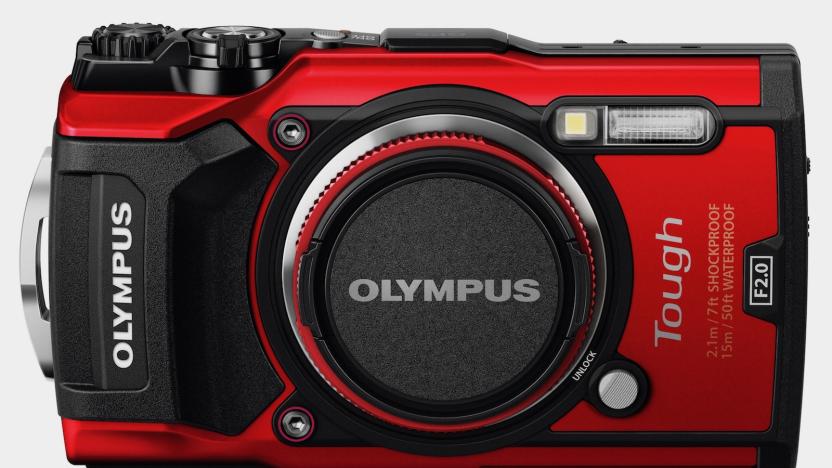
Olympus’ TG-5 rugged camera has 4K video in a compact body
With summer season just around the corner, now is the perfect time for new rugged cameras to start popping up. And what do you know, Olympus has introduced the Tough TG-5, a point-and-shoot with a 12-megapixel CMOS sensor (1/2.3-inch), 25-100mm f/2.0 wide-angle lens (35mm equivalent), 4x optical zoom, 12,800 max ISO and the latest TruePic VIII image processor. If you're looking to record your adventures, you can do so in 4K at 25 and 30fps, or 1080p at 25, 30, 50, 60 and 120fps (slow-motion videos, anyone?). Naturally, since this is a rugged camera after all, the TG-5 is waterproof (50ft), crushproof, dustproof and freezeproof. You'll also get built-in GPS, RAW+JPEG shooting, a 3-inch LCD and WiFi, which makes it easy for you to transfer your images to a smartphone. The Tough TG-5 is hitting stores in June for $450, while an underwater case for extra protection (147ft) will be sold separately for $300.
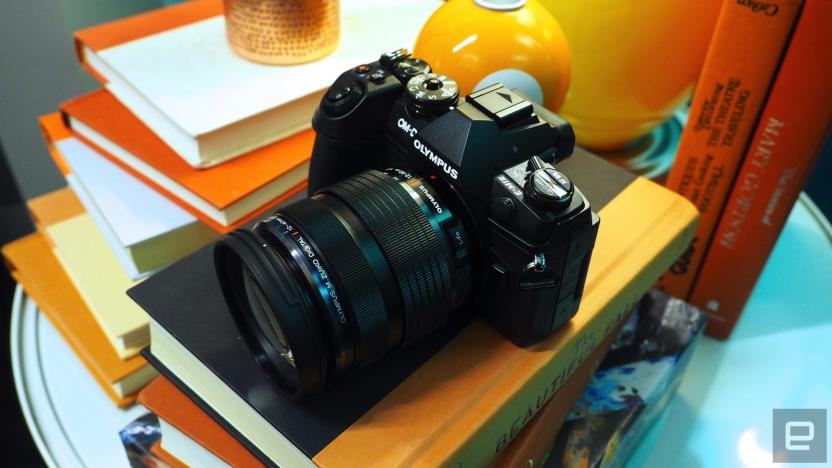
Olympus' OM-D E-M1 Mark II hits nearly all the right notes
I use two cameras on a regular basis: my iPhone 7 Plus and an Olympus OM-D E-M1 Mark I. The latter has been my workhorse since 2014, when many Engadget staffers started using it for field assignments. I've taken it to almost every press event I've attended these past two years, and the results are rarely disappointing. Still, the idea of a faster model with a better autofocus was tempting. That's where the recently launched OM-D E-M1 Mark II comes in.

The Morning After: Monday, November 7, 2016
While you were weekending, you might have missed Roku's cheap, entry-level video streamer, our first 24 hours with Olympus' intriguing new camera and Samsung's attempts to hype up its next smartphone way in advance. What's going on this week? Well, there's a certain election happening on Tuesday...
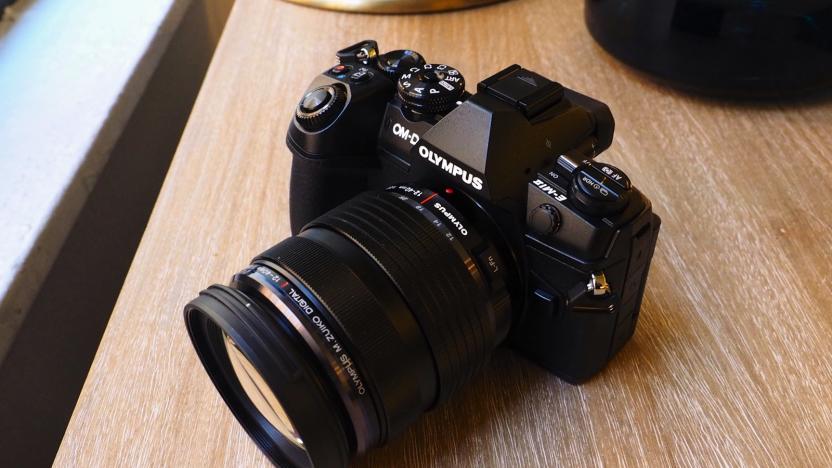
24 hours with the Olympus OM-D E-M1 Mark II
After being announced in September, Olympus' OM-D E-M1 Mark II quickly became one of the most anticipated cameras of the year. And for good reason. The new flagship mirrorless, which will hit stores in December for $2,000 (body only), is loaded with high-end specs. That includes a 20.4-megapixel Live MOS sensor (Micro Four Thirds), a dual quad-core Truepic VIII image processor, 121-point autofocus system and in-camera stabilization. Above all, though, the E-M1 Mark II is about sheer speed, featuring 18-fps shooting with continuous autofocus and autoexposure enabled, or an insane 60 frames per second if those settings are locked.

Olympus' high-end OM-D E-M1 Mark II camera arrives in December
If you've been jonesing for Olympus' ultimate take on a mirrorless camera, the OM-D E-M1 Mark II, you now know when to expect it... although it's going to cost you. The flagship cam will arrive in stores by late December for $2,000 body-only in the US, or £1,850/£2,400 in the UK for respective body-only and 12-40mm f/2.8 kit lens versions. That's a lot to shell out for a 20.4-megapixel Micro Four Thirds shooter, but Olympus is betting that the E-M1 Mark II's tricks are worth the money.

At Photokina, camera makers carve out their territory
Let this sink in: Since 2010, digital camera sales have fallen from around 120 million to 40 million units. The main reason, obviously, is that consumers can fulfill most of their photography needs with a smartphone. That leaves manufacturers a small but profitable high-end market. Judging by what I saw at Photokina, however, Canon, Nikon, Fujifilm, Olympus, Sony and Panasonic are all targeting that niche in different ways.

A closer look at Olympus' OMD-EM II flagship mirrorless camera
Is Olympus hampered by its micro four-thirds sensor when mirrorless rivals have APS-C and Fujifilm just launched a medium-format camera? I had a look at the company's new OMD-EM1 Mark II flagship during Photokina, and the company is doing its best to prove it's not. By marrying a brand-new 20.4-megapixel sensor to a dual quad-core TruePic VIII image processor, Olympus has made a blazingly quick camera. Combined with a new 121-point phase detection AF system, It can shoot 18 RAW frames per second in continuous autofocus and exposure mode, and a crazy 60 frames per second with those locked off.

Olympus' OM-D E-M1 Mark II is all about speed
Olympus is working on a new version of its flagship Micro Four Thirds camera, the OM-D E-M1 Mark II, which sports a high-speed TruePic VIII Image Processor that's 3.5 times faster than previous editions. The new camera also includes a 20.4 megapixel Live MOS sensor and an electronic shutter, allowing it to take full-resolution images at 60 frames per second in AF and AE lock, and up to 18 frames per second with continuous tracking.

Olympus' PEN E-PL8 is a stylish Micro Four Thirds camera
It wasn't too long ago that Olympus introduced its PEN-F camera, and now the company is following that up with a less expensive retro-looking model. Meet the PEN E-PL8, a Micro Four Thirds shooter with a 16.1-megapixel Live MOS sensor, a new TruePicTM VII sensor, 3-axis image stabilization and an ISO range of 100-25,600. Since it is an entry-level PEN, the E-PL8 doesn't capture videos in 4K, although you can record 1080p at 24 and 30 fps. You also have WiFi connectivity, which will let you transfer images to a smartphone or tablet through Olympus' mobile app. It'll hit stores in October for $550 body-only, or $100 for the kit with a 14-42mm lens. Not bad if you want a stylish, compact camera.

Olympus joins the action camera race with its Stylus TG-Tracker
Until today, the closest thing to an action camera that Olympus has had is its ruggedized line of point-and-shoots. But that's about to change. Today, the company introduced the Stylus TG-Tracker, a member of the Tough series, which comes with a 204-degree (f/2.0) wide-angle lens and a Truepic TM VII processor that can handle 4K video at 30 fps. The TG-Tracker also features a 8-megapixel CMOS (1/2.3) sensor for stills, 5-axis image stabilization and a tilt-out 1.5-inch LCD. It's rare for these type of shooters to have a screen built in, so that's nice touch by Olympus.

Olympus PEN-F camera takes you back in time with its looks
Olympus had a busy 2015, having introduced a number of cameras for people with different levels of expertise. This year, the manufacturer's first announcement was its Stylus TG-870, a ruggedized compact shooter that offers niche characteristics. And now Olympus is introducing the PEN-F, which is bound to turn some heads. Other than the retro looks it brings to the table, it's sporting a new 20-megapixel Live MOS sensor and TruePic VII processor, as well as built-in 5-axis image stabilization and an ISO 80 equivalent in low mode -- that's going to help with night shots.

The Olympus Stylus TG-870 is a ruggedized compact camera
The Nikon D5 is, without a doubt, the biggest camera announcement from CES 2016—so far, at least. But if that beastly DSLR is a little too much for you, maybe you'll be interested in what Olympus has to offer. Today, the camera manufacturer introduced the Stylus TG-870, a small rugged shooter with a 16-megapixel CMOS sensor, an ultra-wide-angle lens (21–105mm), 5x optical zoom, GPS, WiFi and 1080p video at 60 fps.

Olympus' E-M10 II mirrorless camera is small, but feature-packed
Olympus has had a busy 2015. From the E-M5 Mark II to the Air lens camera, the company's made sure to offer products for every different type of budget and taste. Today, Olympus is keeping this trend going by introducing its OM-D E-M10 II, a compact mirrorless camera designed for the entry-level crowd. It comes with a 16-megapixel Live MOS (Micro Four Thirds) sensor, 8.5 fps continuous shooting mode, 3-inch (tilting) LCD and, most importantly, built-in five-axis image stabilization -- a feature also found on higher-end OM-D models, such as the E-M1 and E-M5 II. The new E-M10 sports WiFi and NFC too, letting you easily share photos to your Android or iOS device. Unfortunately, Olympus is sticking with 1080p video recording (24, 25, 30, 50 and 60 fps), which could turn out to be a dealbreaker for people who want to make the jump to 4K.

The Olympus Air lens camera can be yours for $300
Nearly five months after introducing its Air lens camera in Japan, Olympus is finally ready to bring it to the US. The AIR A01, as it's officially named, is a shooter that attaches to and pairs with your smartphone or tablet -- in similar fashion to Sony's QX line of devices. Spec-wise, the Olympus Air features a Micro Four Thirds, 16-megapixel sensor, a TruePic VII image-processing chip, RAW capture, up to 1080p video-recording, 10 fps continuous shooting, Bluetooth and WiFi. There is, of course, a companion app for iOS, Android and Amazon's Kindle platform, which you can use to control the camera as well as transfer images from it.

Sony sells a chunk of its Olympus stake for a fast buck
Kaz Hirai's plans to save Sony have run from integrating its many disparate business units through to just selling off everything, even the stuff that's nailed down. Now, the company is getting rid of half of its stake in Olympus in the hope of raising some extra cash for "growth investments." Sony took a $645 million stake in the one-time rival back in 2012 as an attempt to get in on Olympus' lucrative medical imaging business -- which was spun off into a joint venture. Sony may no longer be Olympus' biggest shareholder, but the pair will still collaborate on healthcare and imaging devices. Someone should tell Hirai that he'd better spend this money wisely -- he's running out of things to sell. [Image Credit: Koji Sasahara/Associated Press]
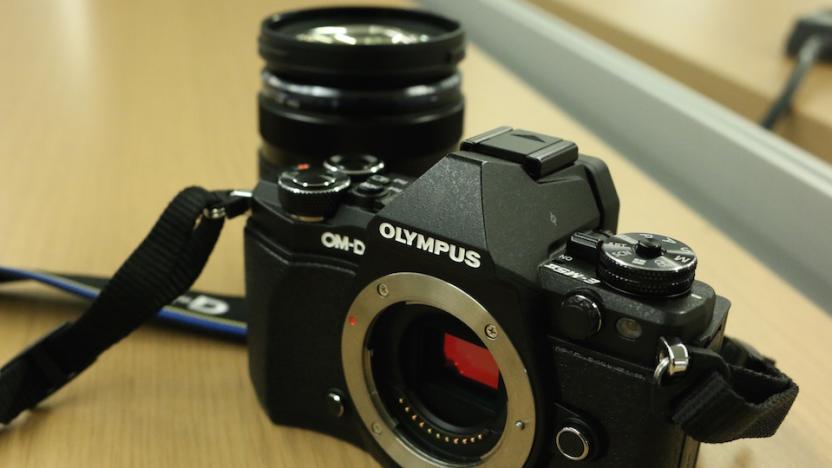
Olympus' OM-D E-M5 Mark II is a solid mid-range mirrorless camera
Camera manufacturers do a great job of not making your purchases feel obsolete after a year. Case in point: Olympus' OM-D E-M5 Micro Four Thirds camera, which the company updated last month, more than three years after the original was introduced. I'm not saying the original is obsolete per se, but there's no doubt the new E-M5 Mark II is a godsend for people invested in the Olympus ecosystem. So what's actually new in this model, you ask? A lot, both inside and out, although it does maintain a similar look and feel to its predecessor.

Olympus' new compact camera uses retro looks to lure you in
Due to the popularity of smartphones, camera manufacturers have had to scramble trying to find ways to keep their products relevant. And Olympus is no stranger to this. Now, the company has announced its Stylus SH-2, a point-and-shoot camera that's using retro looks to, hopefully, appeal to the masses. Like they say, however, looks aren't everything. As such, Olympus is making this compact cam beautiful on the inside too, featuring a RAW capture mode, 5-axis image stabilization, WiFi and the ability to shoot 1080p video at 60 fps. Just as important, the Stylus SH-2 comes with a 16-megapixel sensor and 24x optical zoom lens (24-600mm wide-angle equivalent) -- similar to what we saw on the Stylus SH-1, which was introduced last March. It'll be available in black and silver next month for $400, while the companion carrying cases will be sold separately.

Olympus' new lens camera can be (incredibly) upgraded
This is no DSLR. It's not even a bridge camera. This is actually Olympus' recently announced Air lens camera, tricked out to a (some would say excessive) degree. While the accessories on show here were only for internal testing, we admit we'd like to do some external testing with it. Alongside the DSLR-esque handle and controls (the Air camera handles any micro four-thirds lens), what you see on top is Olympus' eagle-eye viewfinder that projects a laser bullseye that will hover between you and your long-range target of choice. That also explains the telephoto lens which is attached to what was, originally, a petite camera upgrade for your smartphone. Naturally some extra framework is necessary simply to support all that attached glass. Check its ridiculous backside -- where your smartphone would sit -- right after the break.





